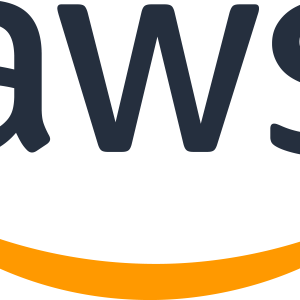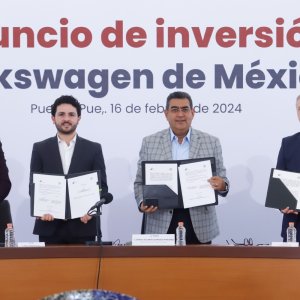Financial Inclusion Key to Development

STORY INLINE POST
Financial inclusion, understood as the democratization of access to useful and affordable financial products, is a powerful engine for a country's economic growth and development.
Ensuring that individuals and businesses have access to financial services results in increased savings, consumption and investment. This approach has been so important that financial inclusion is explicitly included in the Sustainable Development Goal 8 of the United Nations (UN), in addition to being considered as a means to achieve a good part of its other 2030 objectives. Sustained and inclusive economic growth can drive progress, create decent jobs for all and improve living standards.
Financial inclusion is also a substantial part of the current digitalization trends, as an opportunity for increased access and reach, regardless of the geographic location or income levels of users. The arrival of the pandemic led to a greater adoption of digital financial services, forcing both companies and individuals to carry out their banking operations from mobile applications. Also, more and more companies are relying on technology to achieve not only their business goals, but also the full financial inclusion of the country.
However, there is still much work to be done.
In 2021, 7 out of 10 people between the ages of 18 and 70 had at least one savings account or card, credit, insurance, or a retirement savings account or Afore in Mexico, according to the National Survey of Financial Inclusion of the National Institute of Statistics and Geography (INEGI). However, only 6% have medical insurance, 3% have personal credit and 1% have an investment fund. Financial inclusion is not homogeneous between women and men, a situation that worsened with the pandemic: in 2021, 74% of men had at least one financial product against 62% of women. This distribution limits the use of the financial system and its benefits. Preferring informal savings methods or being financially dependent on another person are just a couple of reasons for this situation.
With the increased use of information technology in finance, the use of banking services has been increasingly concentrated on digital platforms. In Mexico, the number of internet banking users has been steadily increasing in recent years. Between 2010 and 2021, the number of people who made online transfers increased by almost 56 million users.
In rural and remote areas lacking infrastructure, there’s a major lag in financial inclusion, as a problem of access, but also of use. According to the 2021 National Survey on the Availability and Use of Information Technologies, 25% of the population still lacks internet access. And although the use of the internet is very similar between men and women, a great disparity is detected between geographical areas of the country: 81.6% of the internet user population of 6 years or more was concentrated in the urban area and 56.5% in the rural.
Financial inclusion is a matter of creating opportunities and boosting positive social change, and this is of great interest and importance for the definition of a strong and competitive North America.
As stated in USMCA, Chapter 25, promoting the exchange of best practices and cooperation regionally to integrate SMEs, will increase trade and investment opportunities. Today, SMEs represent 99% of all companies in Mexico, generate 7 of every 10 jobs and account for 42% of Mexico’s GDP.
For AmCham, as a business community that represents more than 1,200 companies that generate more than 8 million formal jobs, direct and indirect, financial inclusion is a priority. This is why we have joint efforts with the U. Embassy and the South-Southeast Region Governments, with concrete actions for the development of the region. Among these actions, AmCham submitted a document of recommendations in three key areas: rural connectivity, digital economy and cybersecurity.
For the second topic, around 20 of our companies submitted free programs and courses in digital skills for small and medium enterprises (SMEs) and have been vocal about the need to prioritize infrastructure deployment to reach rural communities.























